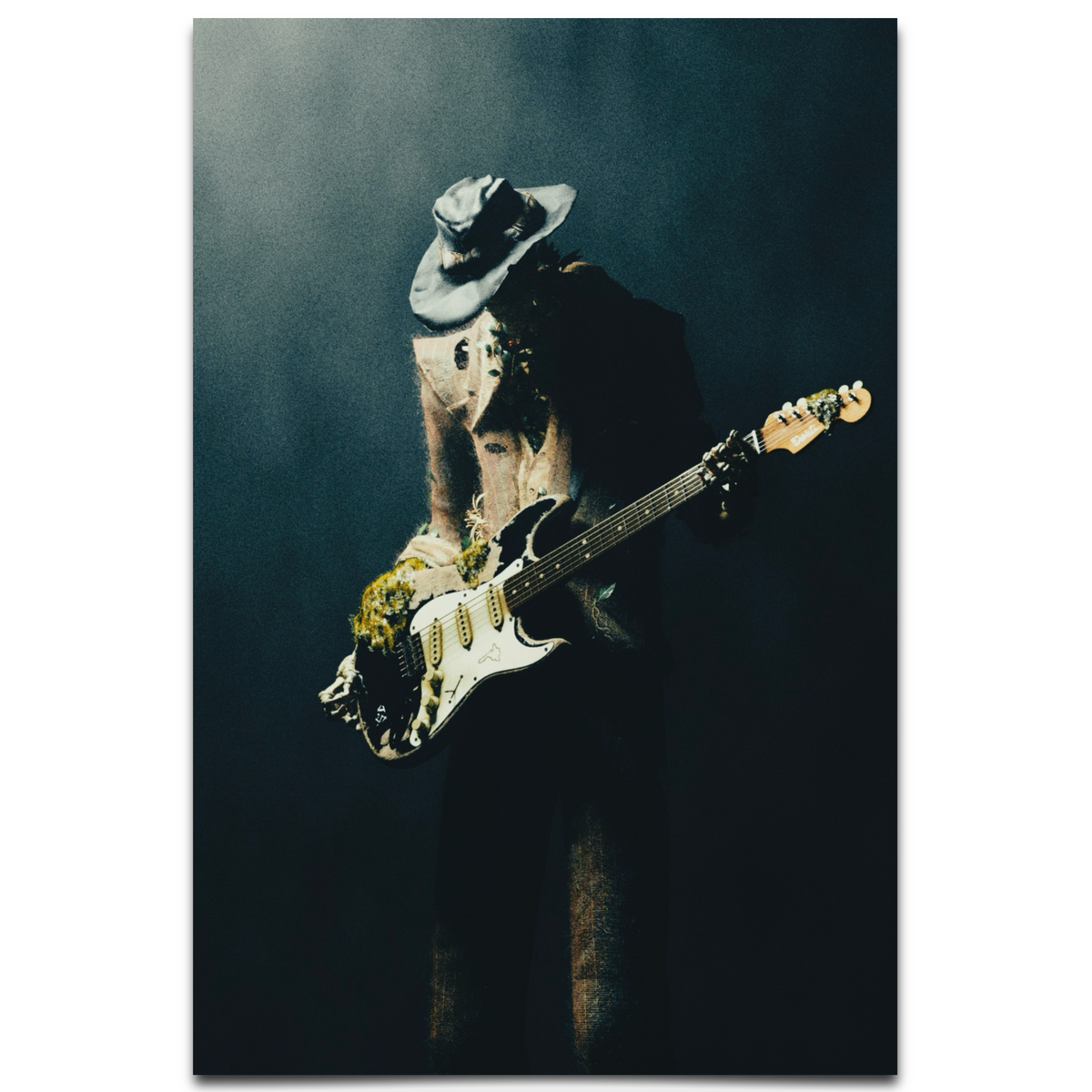If you’ve ever strummed through a song and felt like the rhythm just wouldn’t “click,” you might have stumbled into the world of odd time signatures. Unlike the familiar 4/4 or 3/4 beats that dominate most popular music, odd time signatures like 5/4, 7/8, or 9/8 can throw even seasoned guitarists for a loop. These unconventional rhythms challenge guitar composition in unique ways, pushing musicians to rethink structure, phrasing, and creativity. Let’s break down why odd time signatures are such a hurdle—and why they’re worth the effort.
1. Breaking Away from Natural Groove
Guitarists often rely on instinctive, repetitive patterns that align with even beats—think of the steady “down-up” strumming in 4/4 rock songs. Odd time signatures disrupt this flow. A 5/4 rhythm, for example, adds an extra beat that can feel unnatural at first, making it hard to settle into a groove. Composing in this meter means rethinking how riffs loop and resolve, as the “extra” beat can make phrases feel incomplete or lopsided until you adapt.
2. Phrasing and Melody Become Trickier
In standard time signatures, guitar melodies and solos often follow predictable phrasing—think of a four-bar blues lick that lands neatly on the downbeat. Odd signatures mess with this symmetry. A 7/8 time signature, with its uneven grouping of beats (often felt as 3+2+2), forces composers to craft melodies that either embrace the irregularity or fight against it for tension. This can be a creative goldmine, as seen in songs like Pink Floyd’s “Money” (7/4), but it demands more intentional note placement.
3. Chord Progressions Feel Unresolved
Chord changes on guitar often rely on a sense of resolution tied to even cycles of beats. In odd time signatures, the uneven length of measures can make progressions feel like they’re cut off or dragging. For instance, in 5/4, a standard I-IV-V progression might not land where your ear expects, challenging you to experiment with unconventional voicings or extended chords to maintain interest across the “odd” beat.
4. Technical Demands on Rhythm Playing
Playing in odd time signatures isn’t just a mental challenge—it’s a physical one. Guitarists must train their hands to internalize irregular downstrokes and upstrokes, especially in styles like progressive rock or metal where precision is key. Bands like Tool, with songs in complex meters like 5/8 or 11/8, showcase how guitarists must adapt their picking patterns and muting techniques to keep the rhythm tight and avoid sounding sloppy.
Despite these challenges, odd time signatures open up a world of innovation for guitar composition. They force you out of comfort zones, encouraging unique riffs and emotional depth that stand out from the crowd. Start small—experiment with a simple 5/4 riff using a metronome to internalize the feel. Over time, these “weird” rhythms can become a signature part of your style, just as they did for legends like Dave Brubeck or Frank Zappa. Got a favorite song with an odd time signature? Dive into learning it, and see how it reshapes your approach to the fretboard.
























